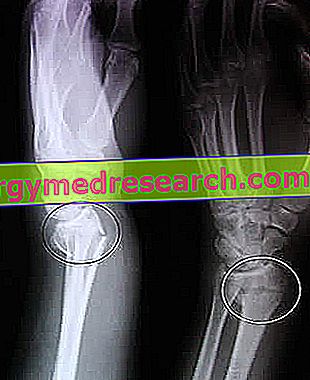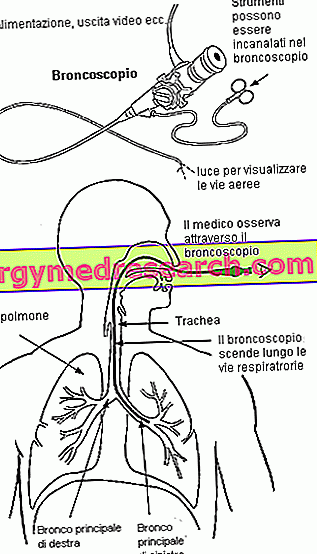The table in this article shows the approximate value of weight and metabolic rate (MR) of liver, brain, heart, kidney and muscle. As a whole, the intense activity of these five organs affects the daily caloric expenditure, in basal conditions, by approximately 80%.
The values refer to a 70 kg adult man and a 3.5 kg infant.
Basal conditions means a particular state of controlled rest, in which the subject is awake, in conditions of thermal neutrality and total psychophysical relaxation, fasting from at least 12-18h.
The neonatal metabolic values were calculated by multiplying the adult ones by the respective weights of the individual organs; despite the basal metabolism thus calculated approaching that proposed by Benedict & Talbot (1921) (750 kJ or 180 kcal), it could underestimate its real value.
Metabolic rate of various organs and tissues in adults and newborns
| ADULT | NEWBORN | ||||||
| BODIES | Weight (Kg) | MR / 24h kJ (kcal) | MR / kg / 24h kJ (kcal) | % total MR | Wt (Kg) | MR / 24h kJ (kcal) | % total MR |
| Liver | 1.6 | 2018 (482) | 1261 (301) | 27 | 00:14 | 177 (42) | 20 |
| Brain | 1.4 | 1414 (338) | 1010 (241) | 19 | 00:35 | 354 (84) | 44 |
| Heart | 00:32 | 512 (122) | 1600 (382) | 7 | 00:02 | 32 (8) | 4 |
| Kidneys | 00:29 | 783 (187) | 2700 (645) | 10 | 0024 | 65 (15) | 7 |
| Muscles | 30.00 | 1356 (324) | 45 (11) | 18 | 0.8 | 37 (9) | 5 |
| Other body components | |||||||
| Total | 70.00 | 7530 (1800) | 108 (26) | 100 | 3.5 | 750 (180) | 100 |
Distribution of the metabolic rate of the brain, liver and muscles as a percentage of total basal metabolism at different body weights (HOLLIDAY, 1986).

VARIATIONS OF BASAL METABOLISM WITH AGE (Mitchell, 1962) |



